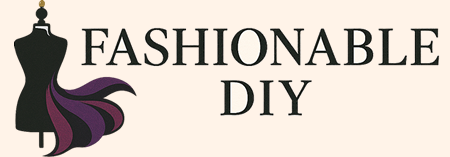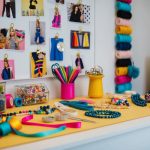Turn Plastic Bottles Into Fashion: Eco-Friendly DIY Ideas
Engaging with the Eco-Friendly Fashion Community
Individuals interested in transforming plastic bottles into fashion can benefit from interacting with an eco-aware audience. This participation stimulates creativity and offers collaboration opportunities, enhancing learning and expertise in sustainable design.
Sharing Your Creations Online
Sharing eco-fashion creations online allows for wide exposure and interaction. Platforms like Instagram and Pinterest serve as visual showcases for plastic bottle crafts. Detailed posts or videos explaining the process can educate and inspire others.
Using hashtags like #EcoFashion and #RecycledStyle helps connect with similar initiatives. Interaction through comments and direct messages can lead to valuable feedback and even partnerships with like-minded creators. Consistent engagement with the community helps maintain visibility and fosters ongoing conversation, contributing to personal growth and project refinement.
Collaborating with Other Eco-Fashion Enthusiasts
Collaboration with others passionate about eco-friendly fashion enhances creative capabilities. Joining online forums or local eco-focused workshops introduces new ideas and techniques. These collaborations can vary from co-designing sustainable fashion pieces to organizing events showcasing recycled materials.
Engaging with diverse individuals in the eco-fashion space broadens perspectives and often leads to innovative solutions in recycling and sustainability efforts. Collaborative projects can be shared across various platforms, exposing them to a wider audience and encouraging community participation, which is essential for promoting sustainable practices and expanding knowledge in transforming plastic waste into fashion-forward designs.
Advancing the Movement: The Future of Recycled Fashion
Recycled fashion is gaining momentum as a viable solution for reducing the environmental impact of the clothing industry. Designers are increasingly exploring innovative ways to turn waste materials into stylish apparel. Using recycled plastic bottles as raw materials for fibers holds promise for revolutionizing sustainable fashion.
The concept of transforming plastic bottle waste into textiles is not only eco-friendly but also resource-efficient. By incorporating these materials into fashion, creators can significantly reduce their reliance on traditional textiles. This approach contributes to lowering the carbon footprint associated with fabric production.
As consumer awareness of environmental issues grows, demand for sustainable fashion also rises. Shoppers are becoming more conscious of their purchasing choices and seeking out brands that prioritize sustainability. This shift encourages the fashion industry to adopt more ecological practices and emphasizes the importance of recycled materials.
Collaborations between fashion brands and environmental organizations are playing a crucial role in advancing the movement. Through partnerships, new recycling technologies can be developed and adopted more widely. These collaborations help bridge the gap between innovation and large-scale implementation in the fashion sector.
Educational initiatives also support the emerging trend of recycled fashion. Workshops and online tutorials offering plastic bottle crafts inspire individuals to participate in sustainable fashion. By sharing knowledge and skills, the community fosters a more circular economy and supports creative reuse of materials.
To drive change within the fashion industry, more emphasis is being placed on research and development. Investments in improving recycling technologies and creating new textiles from waste materials are crucial steps toward a sustainable future. This progress paves the way for an industry that values both style and environmental stewardship.



